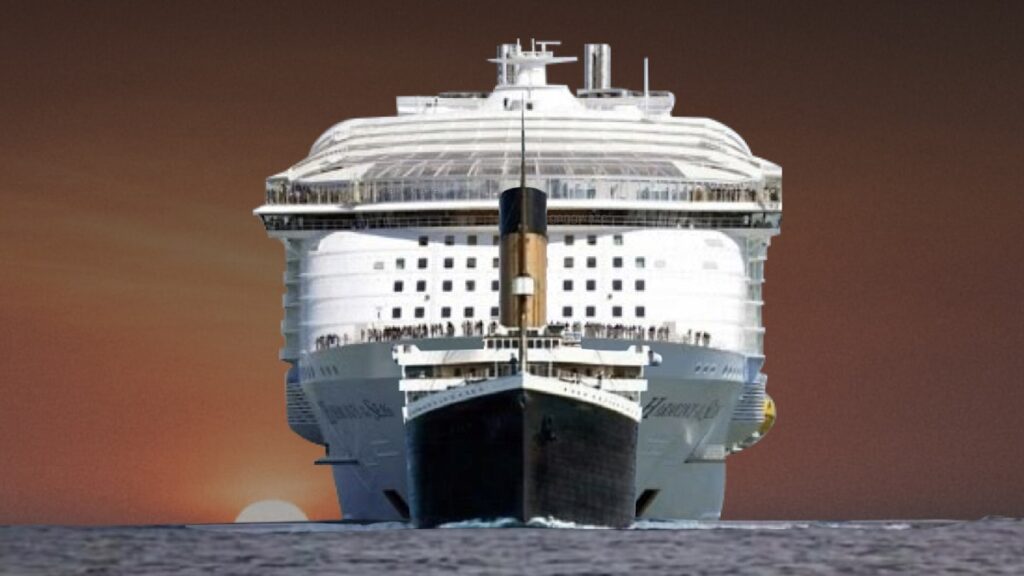The RMS Titanic, constructed by the White Star Line in 1912, was the largest ship at the time.
White Star and Cunard Cruise Line were engaged in a competitive rivalry for dominance in transatlantic travel, with Cunard emphasizing speed while the Titanic focused on size and comfort.
Similar to contemporary cruise ships today, the Titanic aimed to be the grandest and most remarkable vessel. Its construction spared no expense, with funding provided by JP Morgan.
The Titanic’s tragic 1912 accident and the world-famous 1997 Hollywood blockbuster based on the disaster have made it widely known worldwide. Now, let’s compare the Titanic to a modern cruise ship.
While once regarded as the pinnacle of luxury and technological progress, the Titanic has been surpassed in every aspect by modern cruise ships.
The Titanic, renowned for its massive size during its era, pales compared to the colossal proportions of
today’s largest modern cruise ships.

These modern counterparts are average, 20% longer than the Titanic and twice as tall. Undoubtedly, the Titanic was an enormous feat for its time and remains an iconic symbol.
However, when measured against the magnitude of modern cruise ships, it appears relatively smaller, albeit not as much as one might expect, given the considerable time gap.
Now let’s delve deeper into how the Titanic compares to modern cruise ships.
Navigation Technology
Modern cruise ships incorporate state-of-the-art navigation systems, ensuring a level of safety far surpassing that of the Titanic. Unlike the Titanic, which relied on visual observations to navigate and avoid dangers, these contemporary vessels boast advanced radar, sonar, and GPS systems. These cutting-edge technologies provide real-time updates on the ship’s whereabouts and surrounding environment.
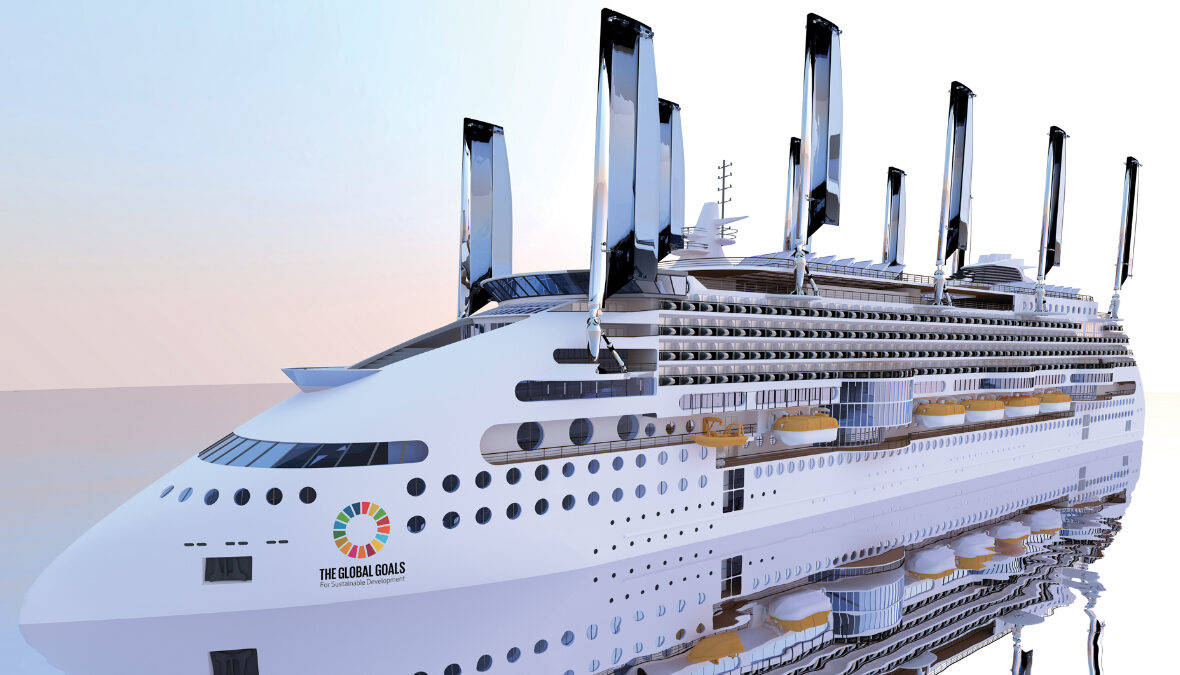
Furthermore, modern cruise ships are constructed using superior materials and incorporate innovative advancements, guaranteeing enhanced safety and efficiency.
Their propulsion systems and navigation equipment are significantly more sophisticated, resulting in reduced environmental impact and improved safety measures.
Hulls and body build
Modern cruise ships incorporate cutting-edge technology and advanced materials, elevating their durability and safety beyond the Titanic’s.
Unlike the Titanic, which relied on steel plates connected by over three million rivets, modern cruise ships utilize state-of-the-art welding techniques to construct seamless hulls that are significantly stronger and more resistant to potential failures.
Furthermore, the materials employed in modern cruise ship construction, such as aluminum and composites, surpass the strength and resilience of steel. These lighter and more durable materials enhance fuel efficiency and diminish the ships’ environmental footprint.

In contrast, the Titanic’s heavy steel hull necessitated substantial fuel consumption to propel the vessel forward.
Propulsion systems
Modern cruise ship propulsion systems are superior to those of the Titanic. Unlike the Titanic’s coal-fired engines that emitted smoke and ash, modern cruise ships employ diesel-electric engines that are fuel-efficient and eco-friendly.
Furthermore, modern cruise ships utilize advanced technologies like pod propulsion, enabling smoother and more efficient maneuverability. These systems feature electric motors integrated into the ship’s hull, reducing drag and enhancing fuel efficiency.
Itinerary, amenities and accommodations
Modern cruise ships provide diverse cabin options, from basic interior rooms to lavish suites featuring private balconies and state-of-the-art amenities. Conversely, the Titanic offered solely three classes of accommodations: first, second, and third.
The first-class cabins occupied the upper decks, offering spaciousness and luxury. Second-class cabins were smaller yet comfortable, while third-class passengers shared 10-person cabins with access to two communal bathrooms.
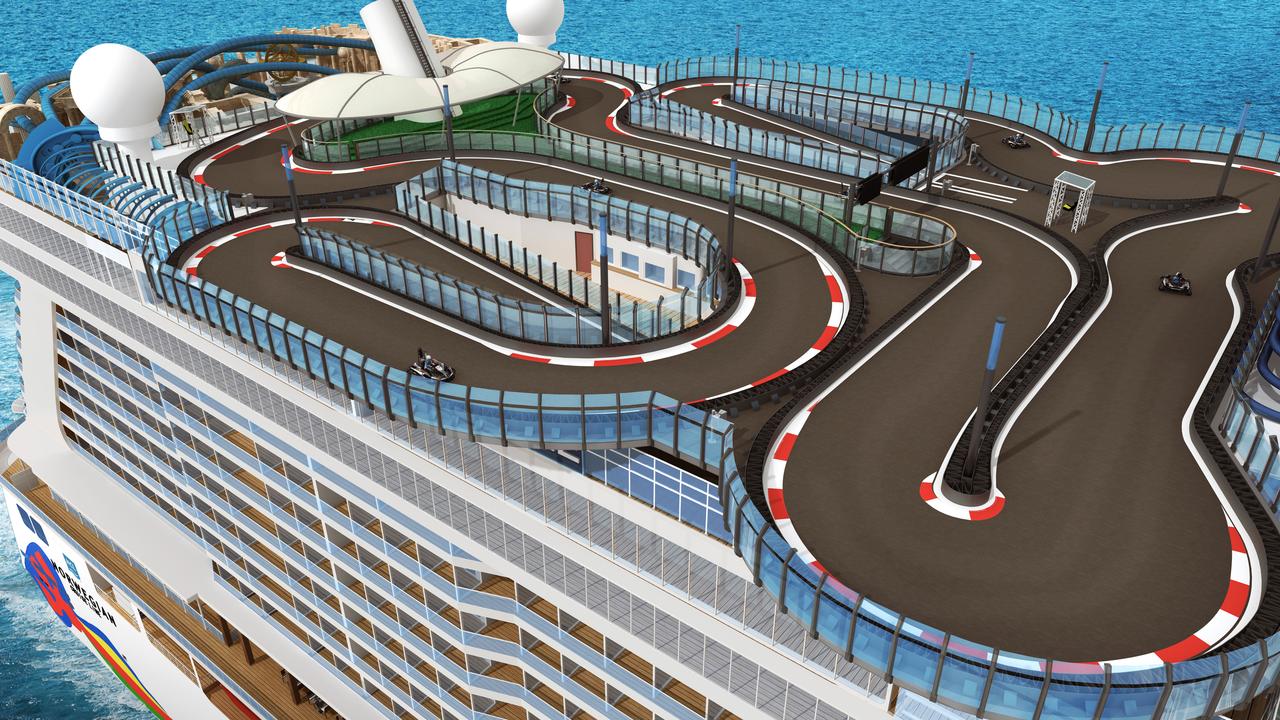
Contemporary cruise ships offer an array of dining choices, encompassing casual buffets and gourmet restaurants helmed by renowned chefs.
Passengers can also indulge in a wide range of entertainment, including Broadway-style shows, live music performances, and comedy clubs. On the other hand, the Titanic had two primary dining rooms—one for first and second class and another for third class.
Entertainment options were limited to a gymnasium, a swimming pool, and a Turkish bath. Modern cruise ships present extensive recreational activities, such as rock climbing, zip lining, and water parks.
Passengers can engage in organized pursuits like dance classes, cooking demonstrations, and wine tastings. In contrast, the Titanic had limited recreational facilities, with a gymnasium, a swimming pool, and a Turkish bath being the sole options available.
Modern cruise ships provide an extensive selection of itineraries and destinations surpassing the capabilities of the Titanic. While the Titanic solely offered a transatlantic route from Southampton to New York, contemporary cruise ships navigate through diverse locations worldwide, spanning from the Caribbean and Alaska to Asia and beyond.

Cruise lines present a multitude of shore excursions and activities tailored to immerse passengers in local culture and attractions. Whether zip-lining in the rainforest, exploring ancient ruins, or savoring local cuisine, a modern cruise vacation offers abundant experiences and sights.
Overall, modern cruise ships surpass the Titanic in terms of accommodations, dining options, itinerary,
and recreational activities. Nonetheless, the Titanic’s first-class accommodations were still considered luxurious during its time and continue to influence the industry’s standards of luxury travel today.
Passenger demographics and experiences
Modern cruise ships have significantly improved passenger demographics compared to the Titanic era. Unlike the Titanic’s rigid class divisions, where first-class passengers relished lavish amenities while third-class passengers endured cramped conditions, contemporary cruise ships prioritize inclusivity and diversity. Nowadays, individuals from various backgrounds can relish a cruise vacation thanks to various cabins and amenities catering to various budgets and preferences.
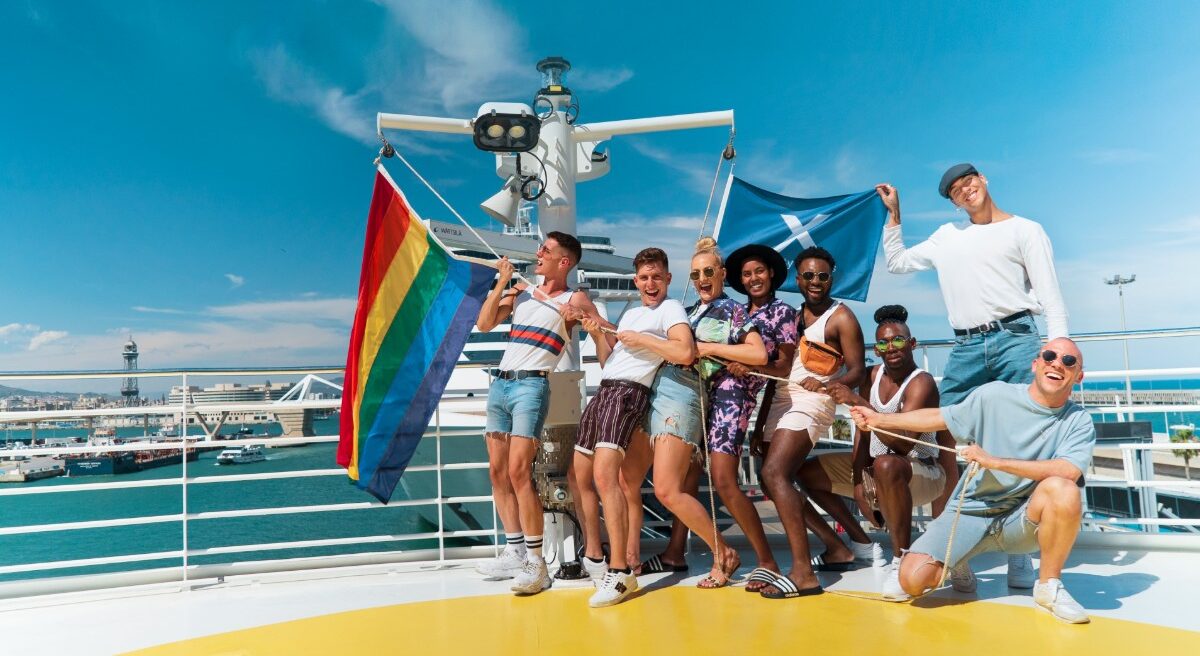
Additionally, cruise lines provide specialized itineraries tailored to specific interests or demographics, including LGBTQ+, singles, and family-friendly cruises. The passenger experience on cruise ships has seen significant changes compared to the days of the Titanic.
Cruise ship staff now provide a higher level of service, with a greater staff-to-passenger ratio. They are trained to offer personalized service and meet individual needs. Modern cruise ships offer a variety of amenities and services, including housekeeping, dining, and onboard entertainment. These enhancements are aimed at improving the passenger experience. Additionally, cruise lines often provide loyalty programs and other benefits to reward repeat passengers and foster customer loyalty.
Cost and fares
The Titanic was built at approximately $400 million in today’s value, which seems significant but is dwarfed by the expense of constructing a cruise ship. On average, a cruise ship requires around $1 billion to build. Royal Caribbean’s Wonder of the Seas was built for $1.35 billion, while Oasis of the Seas set a record with a construction cost of $1.6 billion. In 1912, tickets for the Titanic were quite expensive. A third-class ticket costs $35, equivalent to $1,071 when adjusted for inflation.
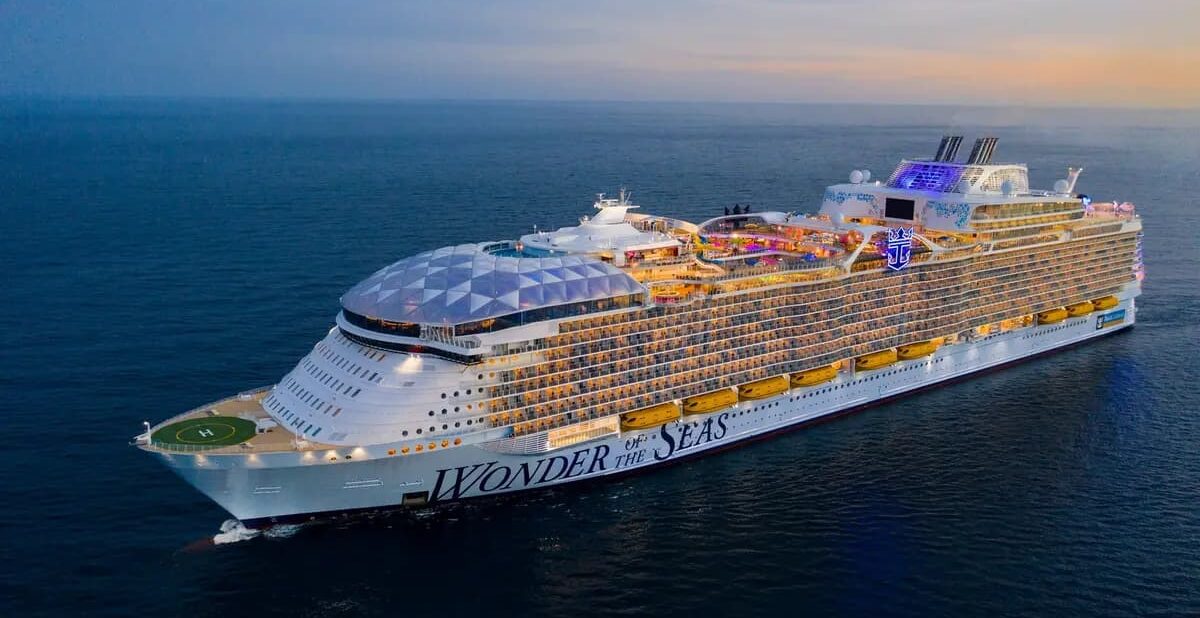
On the other hand, a first-class suite cost $4,000, which would amount to $133,132 in today’s dollars. Today’s cruise fares are fairly comparable.
Although you can find 7-night cruise fares below $420 per person, tickets for a new cruise ship generally start around $750 per person. The charge of a suite on a modern ship is significantly lower, typically around $25,000 for a 7-night itinerary.
Environmental impact
The Titanic, built in the early 1900s, lacked consideration for environmental impact. If anything, it had a significant carbon footprint. Its coal-fired engines emitted substantial greenhouse gases and pollutants, while its fuel efficiency was low, demanding large amounts of coal for operation.
In recent years, the cruise industry has significantly reduced its environmental footprint. Modern cruise ships are equipped with advanced waste management systems for safe and efficient disposal. They also utilize cleaner-burning fuels like liquefied natural gas (LNG) or marine gas oil (MGO), resulting in fewer greenhouse gas emissions and harmful pollutants than traditional fossil fuels.
A comparison between the environmental impact of the Titanic and modern cruise ships highlights the substantial progress achieved.

While the Titanic was impressive for its time, it lacked environmental sustainability considerations. Conversely, modern cruise ships integrate advanced technologies for waste disposal and employ cleaner fuels.
Overall, although the cruise industry can further improve its environmental sustainability, notable advancements have been made recently. The industry can foster a more sustainable future for passengers and the environment by continuing to invest in new technologies and sustainable practices.
Conclusion
The Titanic and modern cruise ships represent distinct eras in maritime history. The Titanic was a marvel of its time but lacked the safety measures and emergency preparedness found in modern ships. Today’s cruise ships prioritize passenger safety through regulations, advanced technology, and comprehensive emergency plans. Modern ships are larger, offer numerous amenities, and have advanced technology like Wi-Fi and innovative cabin features. They also prioritize sustainability and employ eco-friendly practices.
Pearce Kibaale is a freelance writer, content creator, and Editor-in-Chief of Trip Dhow.


